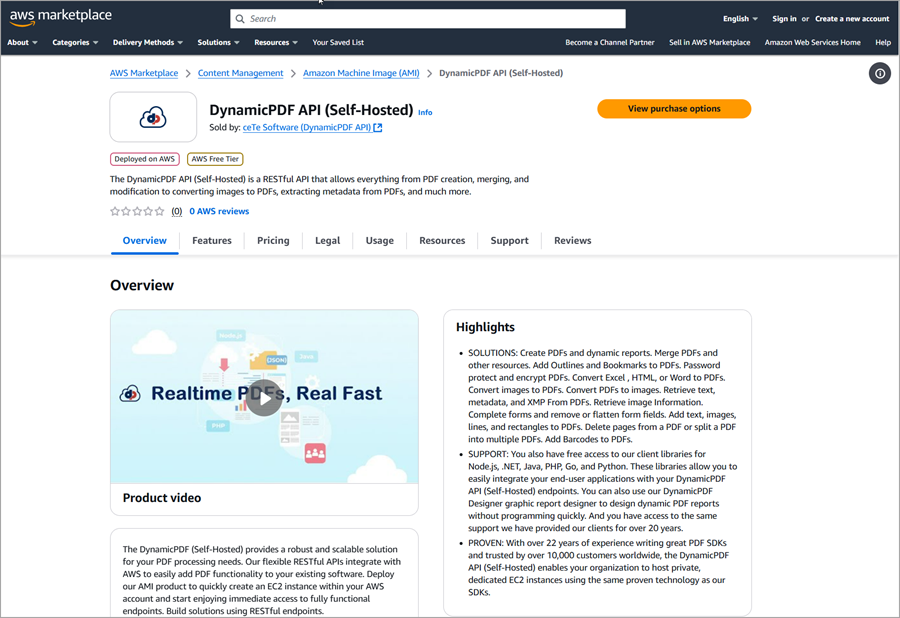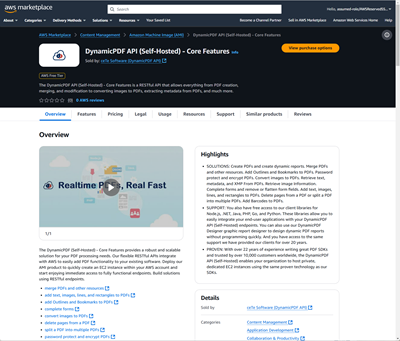Using the DynamicPDF API in n8n Workflows
By combining DynamicPDF API and its powerful document-processing endpoints with n8n automation and scheduling capabilities, you can build end-to-end solutions that dynamically generate reports, combine files, or analyze PDFs. In this blog post we provide nine ready-made example workflows for download.




